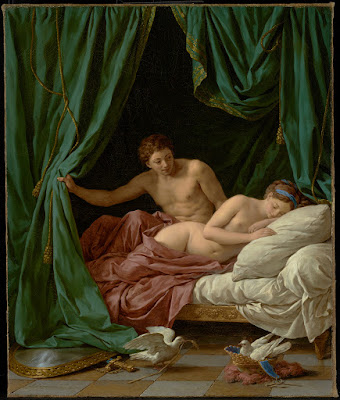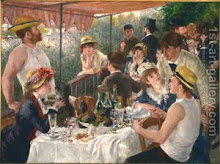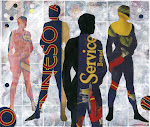Renaissance artists transformed the course of western art history by making the nude central to their art. Drawing inspiration from classical sculpture and the study of the live model, these artists created lifelike, vibrant, and sensual representations of the human body.
The nude—the unclothed or partially clothed human body—has been featured in European art for millennia. After 1400, with the waning of the Middle Ages, artists depicted nudes as increasingly three-dimensional, vibrant, and lifelike— in short, more immediate and real. They employed diverse means: in Italy through a return to the models of ancient Greek and Roman art, and in northern Europe through refinements to the technique of painting in oils that enabled painters to capture textures—of flesh, of hair, of the sparkle in an eye—with unprecedented truth to nature. In concert with new scientific approaches, artists across Europe studied nature—including the human body—with increasing specificity and deliberation.
The meaningful depiction of the human form became the highest aspiration for artists, and their efforts often resulted in figures of notable sensuality. For Christians, however—who represented most of European society at the time—the nude body could be disturbing, arousing personal desire. Their conflicted responses are mirrored in our own body-obsessed era, filled with imagery of nudity.
The Renaissance Nude examines the developments that elevated the nude
to a pivotal role in art making between 1400 and 1530. Organized thematically, the exhibition juxtaposes works in different media and from different regions of Europe to demonstrate that depictions of the nude expressed a range
of formal ideals while also embodying a wide range of body types, physical conditions, and meanings.
In addition to viewing the exhibit, I strolled over to view the paintings. Several of my favorite painting housed in their collection:









No comments:
Post a Comment